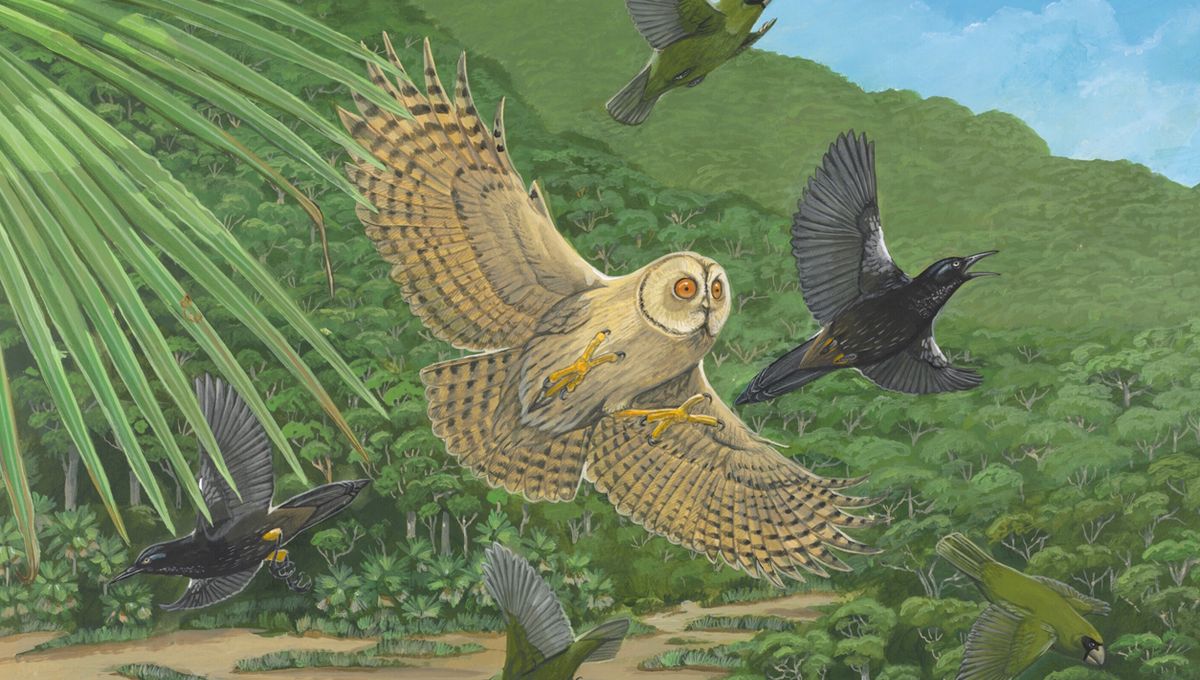
Humans individually may love birds, but perhaps only amphibians have suffered more from our rise. An attempt to tally up the avian score has revealed just how damaging we have been – not only to the birds themselves, but also to ecosystems that depended on species that have now passed on.
The ecological toll of human activity is hard to contemplate, let alone measure, so a team from 24 scientific institutions has focused just on birds, in the process giving a hint of the whole picture. They make up for any biological narrowness with breadth in time, measuring avian decline since 130,000 years ago, before our species came out of Africa.
The recognition that the dodo was gone forever within 70 years of its discovery overturned the belief all species were eternal. However, it was not the first demise at human hands. Some of the largest birds that ever lived – such as New Zealand’s Moa and Madagascar’s Elephant Birds – were wiped out soon after humans reached their home islands. Species go extinct naturally of course, but the rate of loss of birds in recent times is on a different scale.
A team of researchers drew on a database of 610 ex-parrots, pigeons, and other avian orders that have gone off to join the choir invisible, mostly through human intervention. Then they considered the implications of these holes in the tapestry of life. They note this does not include many other species lost without a record of their existence.
“The sheer number of bird species that have become extinct is of course a big part of the extinction crisis but what we also need to focus on is that every species has a job or function within the environment and therefore plays a really important role in its ecosystem,” lead author Dr Tom Matthews of the University of Birmingham said in a statement. “Some birds control pests by eating insects, scavenger birds recycle dead matter, others eat fruit and disperse the seeds enabling more plants and trees to grow, and some, like hummingbirds, are very important pollinators. When those species die out, the important role that they play (the functional diversity) dies with them.”
This is not just theory: pest insect outbreaks, loss of pollinated species, and declining capacity for forests to regenerate have all been observed in direct consequence of birds that have ceased to be.
In some cases, the expired bird was the only one capable of providing that ecosystem service. However, even when that was not the case, a distinctive part of Earth’s story is now gone. “In addition to functional diversity each species also carries a certain amount of evolutionary history, therefore when that species becomes extinct, it’s basically like chopping off a branch of the tree of life and all of that associated phylogenetic diversity is also lost,” Matthews said.
The charm of the Chatham kākā or the beauty of the Seychelles parakeet cannot be reduced to numbers alone, but Matthews and co-authors tried to tally up what has been lost by estimating how long each species had survived before us. On average, this was around 5 million years, so the accumulated loss amounted to 3 billion – almost as long as there has been life on Earth.
More disturbingly still, the authors estimated the “functional diversity” Matthews refers to of each species by measuring traits such as body mass and beak length that differentiate it from others. They estimated a cumulative loss of 7 percent of the functional diversity of all birds present before humans made our mark. Meanwhile, 5.3 percent of bird species have joined the choir invisible in that time, reflecting that it is often those with unusual body plans or habitats that find themselves least suited to the world humans have made.
Loss rates are accelerating under the combined influence of global heating, deforestation, and invasive species piggybacking on our globetrotting.
The work represents an appeal to stop the carnage of species teetering on the brink of extinction. It also gives conservation agencies some clues on where to target resources so that if we must lose some, they’re not the ones we will miss the most.
The study is published in the journal Science.
Source Link: Human-Driven Extinctions Have Destroyed 3 Billion Years Of Avian Evolutionary History